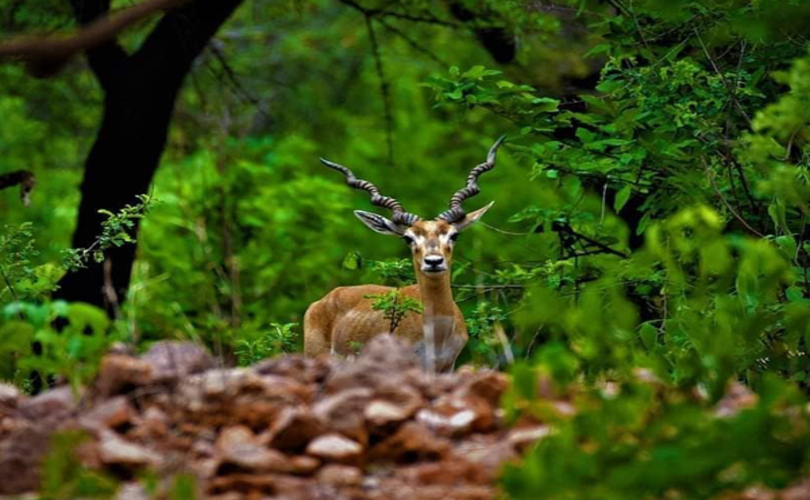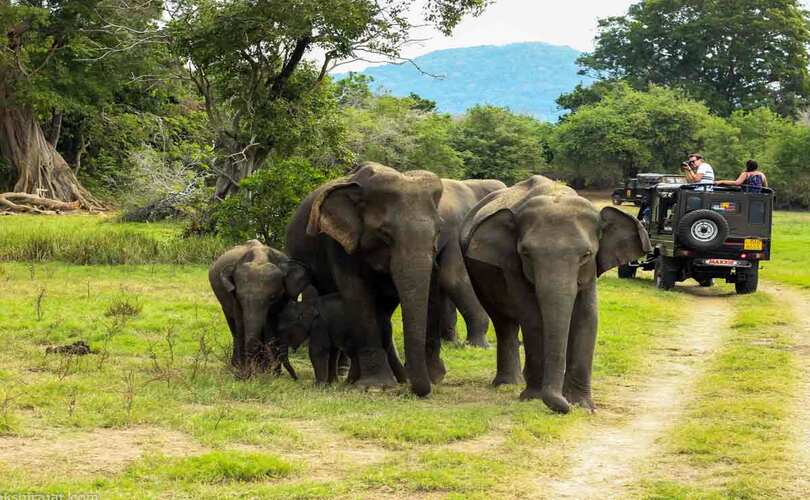Jim Corbett National Park
Jim Corbett National Park In India
Jim Corbett National Park, located in the Nainital district of Uttarakhand, India, is the oldest national park in the country and a significant wildlife sanctuary known for its rich biodiversity and conservation efforts. Established in 1936 as Hailey National Park, it was later renamed in honor of the famous hunter-turned-conservationist Jim Corbett, who played a crucial role in protecting the Bengal tiger and advocating for wildlife conservation.
Spanning over 1,300 square kilometers, the park is characterized by dense forests, grasslands, and riverine belts, making it an ideal habitat for diverse flora and fauna. It is particularly renowned for being home to the Royal Bengal Tiger and serves as a core area for Project Tiger, an initiative launched in 1973 to protect this majestic species from extinction.
Apart from tigers, the park hosts a variety of wildlife, including elephants, leopards, deer species like sambar and chital, sloth bears, crocodiles, and over 600 species of birds, making it a paradise for nature lovers and birdwatchers. The Ramganga River, which flows through the park, supports aquatic life and enhances the scenic beauty of the region. Tourists visiting there can explore its wilderness through jeep safaris and elephant rides, providing an opportunity to witness wildlife in its natural habitat.
Divided into different zones such as Dhikala, Bijrani, Jhirna, and Dhela, each offering unique landscapes and wildlife experiences, the park attracts thousands of visitors annually. It is also a favorite destination for photographers, researchers, and adventure enthusiasts who seek an immersive experience in nature.
With its breathtaking landscapes, diverse wildlife, and historical significance, it remains one of India’s most treasured conservation areas and an essential destination for those passionate about wildlife and environmental preservation.
How To Reach
Safari Timing
Best Time To Visit
The best time to visit Jim Corbett National Park is March to May for the highest chances of tiger sightings.
Copyright © 2025 National Park in India. All Rights Reserved



